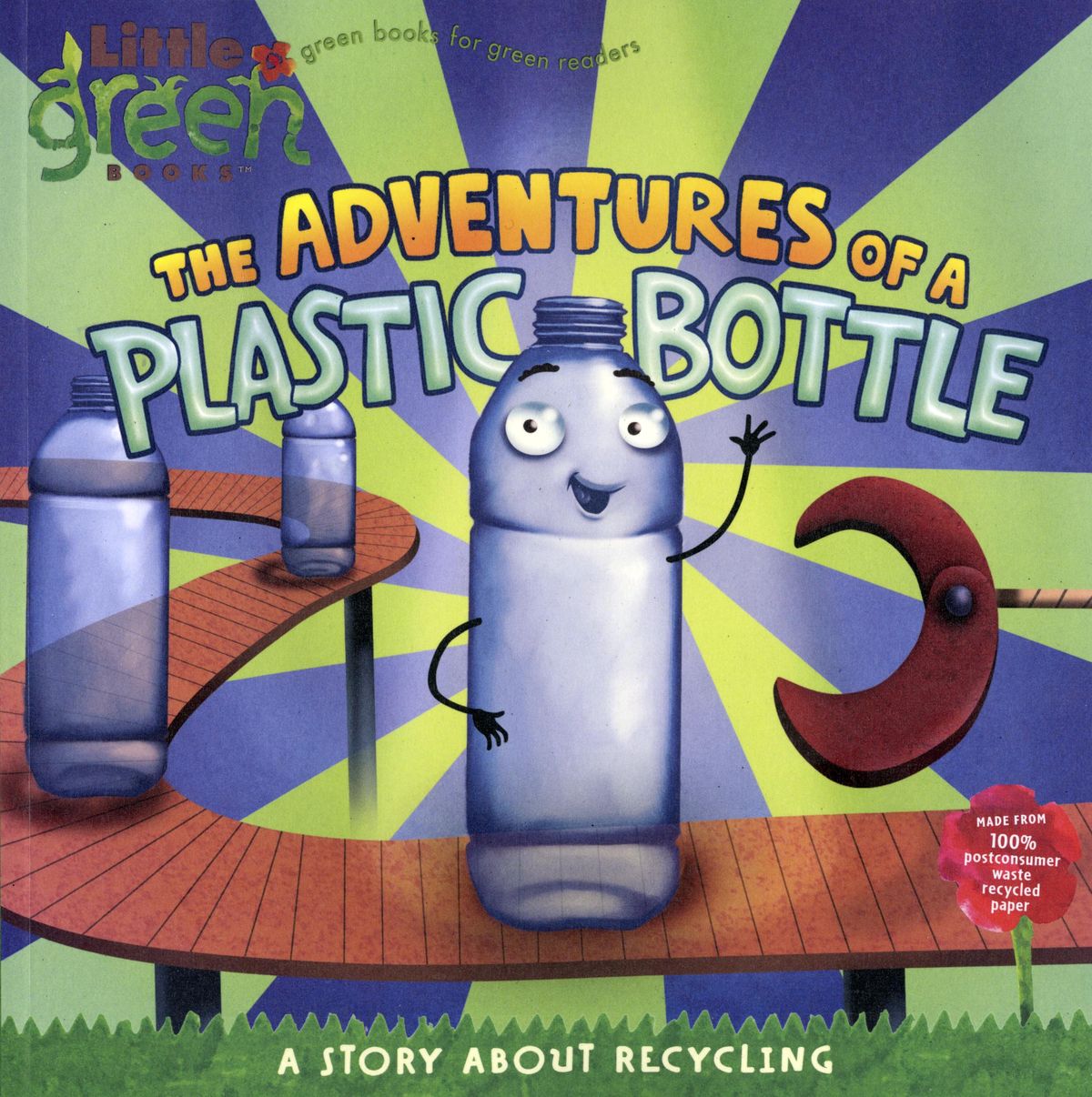Read how to save the planet
New kids’ books send great Earth Day message for young

Endangered species, energy hogs and mountains of garbage may sound like insurmountable grown-up problems to little people looking to make a difference on Earth Day.
Fear not. With save-the-planet buzz filling up their worlds, kids have a fresh crop of books that break down eco-issues into bite-size vocabulary lessons, simple reuse and recycle projects and easy ways to get inspired.
A sampler:
•“What Can You Do With an Old Red Shoe?” (Henry Holt, $16.95, ages 4-7) by Anna Alter: With sweet rhymes about everyday discards, children learn from animal kids how to turn a worn-out shoe into a planter, an orphaned flip-flop into an art stamp and a torn T-shirt into a pillow (some adult nail-pounding, sewing and cutting required).
•“S is for Save the Planet” (Sleeping Bear Press, $17.95, ages 6-10) by Brad Herzog, illustrated by Linda Holt Ayriss: A how-to-be-green alphabet book that offers up C for carpooling, V for vermicomposting and X for xeriscaping – all adequately explained. Each letter is also accompanied by chunkier text for older kids on how the planet came to be in shambles and how they can help save it.
•“Insiders: Rain Forests” (Simon & Schuster, $16.99, ages 8-12) by Richard C. Vogt: No rain forest plant or animal life form is left uninvestigated in this latest in the popular Insiders picture encyclopedia series. It’s stunningly illustrated and exhaustively researched, but not terribly playful (big-eyed frog cover art to the contrary) for kids who might need to be drawn into the subject.
•“What’s So Bad About Gasoline?” (HarperCollins, $5.99, ages 5-9) by Anne Rockwell, illustrated by Paul Meisel: In this stage two reader, the story of petroleum is told from a scientific standpoint. One point is made crystal clear: Gasoline is made from petroleum. Petroleum is a fossil fuel. Once it’s gone, it’ll take millions of years before even the promise of more can surface.
•“101 Ways You Can Help Save the Planet Before You’re 12!” (Sterling, $14.95, ages 6-up) by Joanne O’Sullivan: Save dryer lint to stuff a pillow, or put it out for the birds to use for nests. Throw a swap meet with friends to reuse what you’d normally throw away. A lively, nicely illustrated how-to on making a difference.
•“Earth Day, Ready-to-Read” (Simon & Schuster, $3.99, ages 4-6) by Margaret McNamara, illustrated by Mike Gordon: This level one reader focuses on a first-grader up against some big ideas on how to save the earth. Eigen says he’ll rescue polar bears, Katie vows to plant a forest and Michael declares he’ll save the dolphins, but little Emma chooses to pick up trash, ride her bike and brush her teeth without running the water.
•“We are Extremely Very Good Recyclers” (Penguin, $16.99, ages 6-9) based on characters created by Lauren Child: Fans of the quirky “Charlie and Lola” books and cartoon series on Playhouse Disney won’t be disappointed as the brother-sister twosome and their friends try to win a recycling contest.
•“Michael Recycle Meets Litterbug Doug” (Worthwhile Books, $15.99, ages 4-8) by Ellie Bethel and illustrated by Alexandra Colombo: Litterbug Doug lives on a mountain of garbage on the edge of town until Michael works his magic. Large, colorful illustrations perfect for read-alouds.
•“Earth in the Hot Seat, Bulletins from a Warming World” (National Geographic, $19.95, ages 9-12) by Marfe Ferguson Delano: You can’t go wrong with a cover featuring a desperate polar bear clinging to a tiny chunk of ice in a vast and lonely sea. This is a sweeping look at climate change for kids, yet not too technical.
•“The Adventures of a Plastic Bottle” (Simon & Schuster, $3.99, ages 4-6) by Alison Inches, illustrated by Pete Whitehead: A happy glob of crude oil keeps a diary of his journey through the manufacturing chain. He becomes a bottle of water then gets shredded, heated and extruded at a recycling plant to be reborn as synthetic fleece fit for an astronaut.